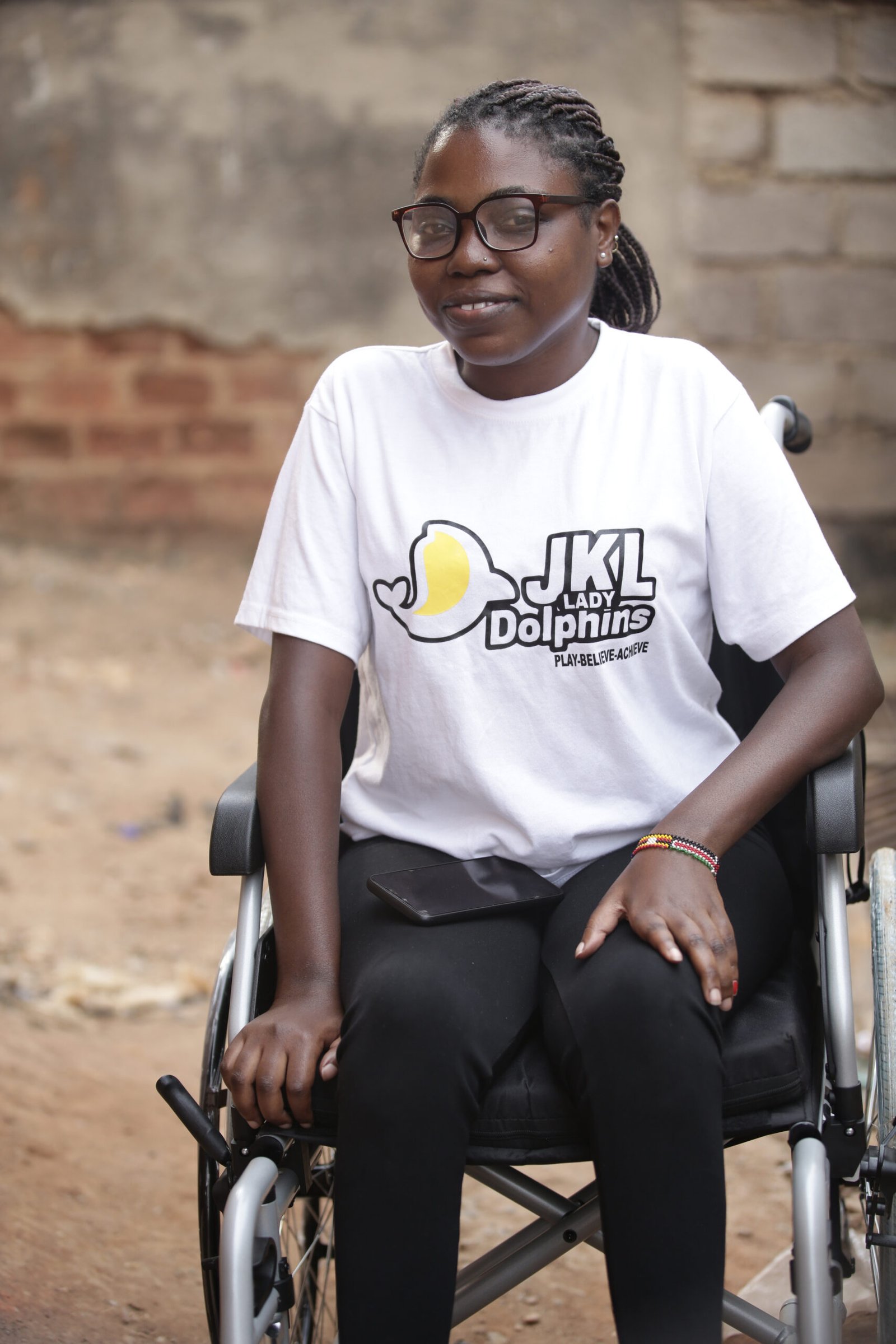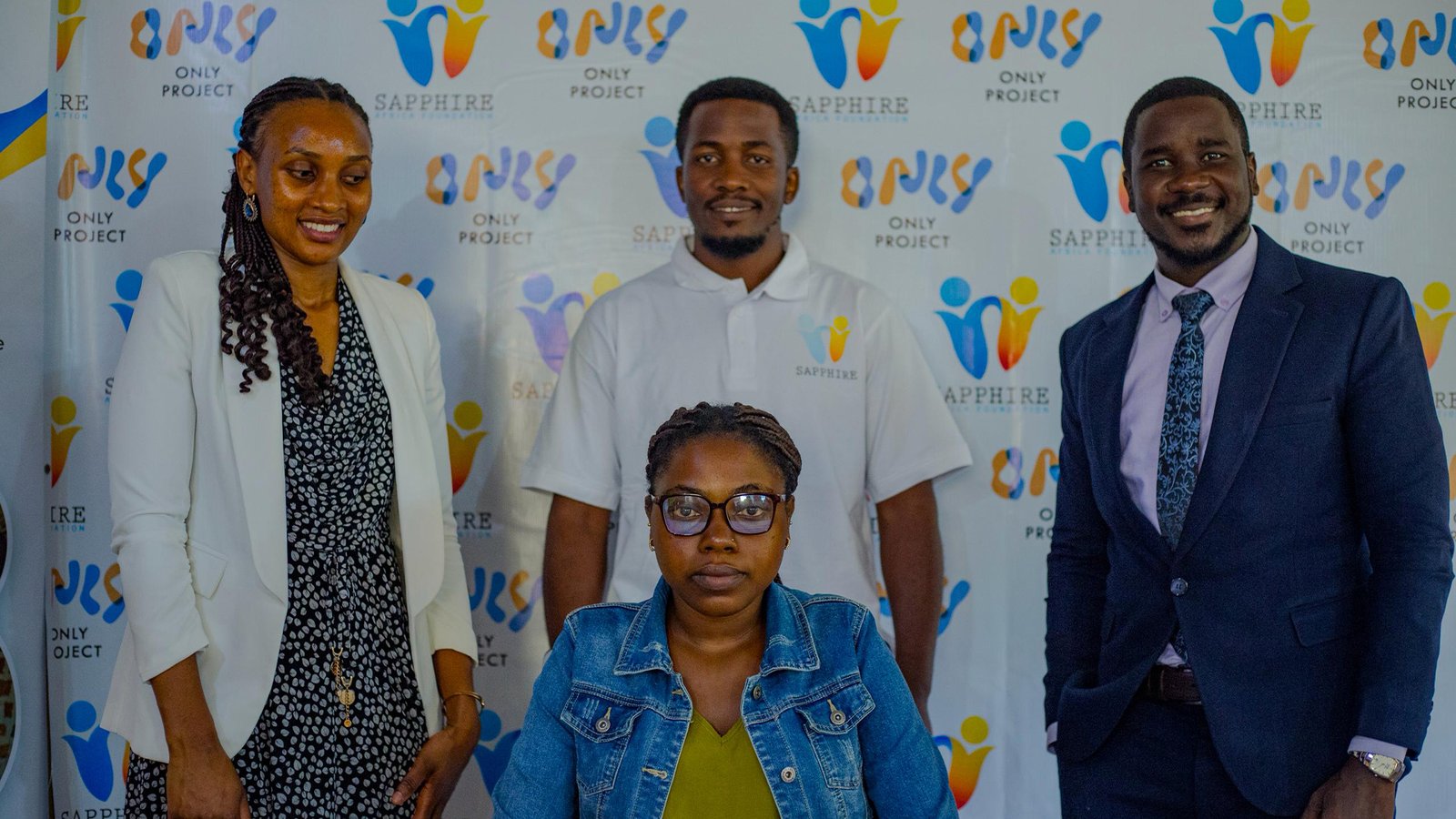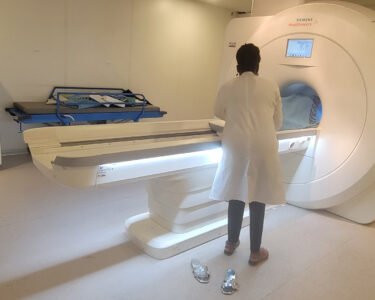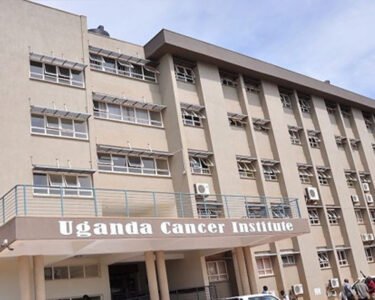For years, Rhonah Carolyn Kimpaye lived with what seemed like an unsolvable mystery. At the age of 11, her legs began to betray her. She would fall without reason, struggle to climb stairs, and feel her strength slipping away. Doctors offered no clear answers, and in her community, whispers of witchcraft grew louder.
The weakness progressed gradually but unyieldingly. By her early twenties, Rhonah Carolyn Kimpaye required assistance to walk. At 23, she depended on crutches, and eventually, a wheelchair became essential. Now, she lives with Duchenne muscular dystrophy (DMD), a condition she only truly understood when she saw her son developing the same signs.
“People said we had been cursed,” Ronah recalls. “I was a child, yet I felt like a burden. By the time I was in Senior Four, I needed a wheelchair. The worst pain came later, when I saw the same symptoms in my son.”

Now in Primary Six, Kimpaye narrates that her son, who appeared healthy at birth, as he grew up faced the same fate. He too tripped often, tired easily, and couldn’t run like his classmates. Upon moving from one hospital to the other, tests confirmed both mother and son are living with Duchenne Muscular Dystrophy (DMD), a rare, inherited muscle-wasting disease that slowly steals mobility, independence, and ultimately, life.
Latest
Electoral Commission Opens Channels for Complaints During Nomination Exercise
Chaos at Kawempe Court as Magistrate Walks Out After Heated Clash Between State and Defence
Fire Guts Workshop in Ntinda, Five Vehicles Destroyed
NUP Deputy Spokesperson Abducted Outside Court as Fears of Enforced Disappearances Resurface
NUP Threatens Legal Action Against Electoral Commission Over Blocked Nominations
European leaders to visit US to discuss war in Ukraine, Trump says
Luuka PDM SACCO Leaders Remanded Over Extortion of Beneficiaries
MoLG, NPA Rally Physical Planners to Enforce New Development Guidelines
Putin rejects Western security in Ukraine, warning troops would be target
UCC Boss Denies Personal Grudge in Action Against Dean Lubowa
“I Am Not Here to Fight Anyone, I want to Fix Kampala”- Balimwezo
Worldwide, approximately 300,000 people are affected by DMD, including 15,000 to 20,000 in the United States. The disorder occurs in roughly one out of every 3,500 to 5,000 male births. In Uganda, specialists estimate that over 300 children are born with the condition each year.
In Uganda, Duchenne remains largely unknown. Though children appear healthy at birth, the disease begins to show between ages three and five. Without the protein dystrophin, muscles weaken and waste away. Most children are in wheelchairs by adolescence, and many do not live beyond their mid-twenties.
According to Paul Collins Rubaihayo, Executive Director of Sapphire Africa Foundation, many families continue to suffer in silence: “In Uganda there is misconception, the awareness about Duchenne still remains a little bit low. “Many communities actually don’t recognize the early signs of this condition…And they end up seeking traditional remedies. Lack of understanding many times perpetuates the stigma. And you find people saying there is a spell that was cast on that family.”
Beyond stigma, the financial weight is crushing. Supportive medicines, physiotherapy, braces, and mobility aids remain scarce and expensive, forcing families to improvise.
Ronah shared her struggle as a mother: “Sometimes my son cries because he can’t run or play like other children. Carrying him upstairs is hard for me. Medicines, transport, even equipment like wheelchairs, everything costs so much. We struggle to manage.”

Rubaihayo added that many families are pushed to the edge. “At Sapphire Africa Foundation, we are committed to transforming the lives of children living with Duchenne Muscular Dystrophy (DMD), especially those from vulnerable backgrounds. Through our DMD Program, we ensure that these children have access to basic needs to give them better life.”
Health workers, too, bear witness to the heartbreak. Nurse Betty Elizabeth Furaha described the challenges of late diagnosis and the strain it puts on families and children, “The sad truth is that by the time most of our boys come to us, the disease has already advanced. Many have lost strength in their legs, their arms, and even their respiratory muscles. Some can no longer walk, and others are barely able to lift a pen or hold a plate. Yet if Duchenne is identified early at child wellness clinics, during immunization visits, we can slow its progression.”
Furaha painted a vivid picture of the daily struggles these children face: “Every fall, every missed step, is a loss of independence. Many of these boys are bright, they want to go to school, they want to play with their friends but the disease does not wait. We see parents carrying children up stairs, trying to help them join a game, trying to comfort them when they cry from exhaustion or frustration. It breaks your heart to see their dreams shrink because of something they cannot control.”
She appealed to government authorities for urgent action: “We cannot keep failing these children. They deserve early intervention, access to physiotherapy, and proper medical care. They deserve to live fully, to dream big, and to have hope. Without support, families are left alone, struggling to cope with a disease that robs them daily.”

Sapphire Africa Foundation, which supports children with Duchenne in Kampala, Wakiso, Fort Portal, Kamwenge, and Gulu, is pushing for government recognition of World Duchenne Awareness Day and for specialized care centers. Rubaihayo emphasized the need for systemic intervention: “The Ministry of Health must take Duchenne seriously. We need subsidized medicines, access to physiotherapy in public hospitals, and official recognition so families know they are not alone.”

For Ronah, the fight is deeply personal: “I do not want my son to go through what I went through falling without answers, being called names, living with shame. Duchenne may have stolen my legs, but I will not let it steal his future.”
Duchenne Muscular Dystrophy is a genetic disease carried by women but predominantly affecting boys. There is currently no cure, though early detection and management can improve quality of life. Genetic testing, MRI, and muscle biopsy available in hospitals such as Mulago, Nakasero, and MBN Lab Technologies can confirm diagnosis.
The consequences of delayed care are severe. Rapid deterioration of muscles leads to difficulty walking, breathing problems, heart complications, and early death. In resource-limited settings like Uganda, life expectancy often ends in the teens or early twenties. In developed countries, access to physiotherapy, neurosurgeons, and occupational therapy can extend life into the 30s and 40s.
The foundation’s interventions go beyond medical care. Children are provided with mobility tools like wheelchairs and walkers. Families receive education on posture, nutrition, and therapy practices. Schools are encouraged to accommodate children with Duchenne, ensuring they are not left behind academically or socially.
As the world marked World Duchenne Awareness Day on September 7th, families like Ronah’s sent a clear message: behind the mystery of Duchenne lies not witchcraft, but a genetic truth. Uganda must act, or risk leaving its children behind.





